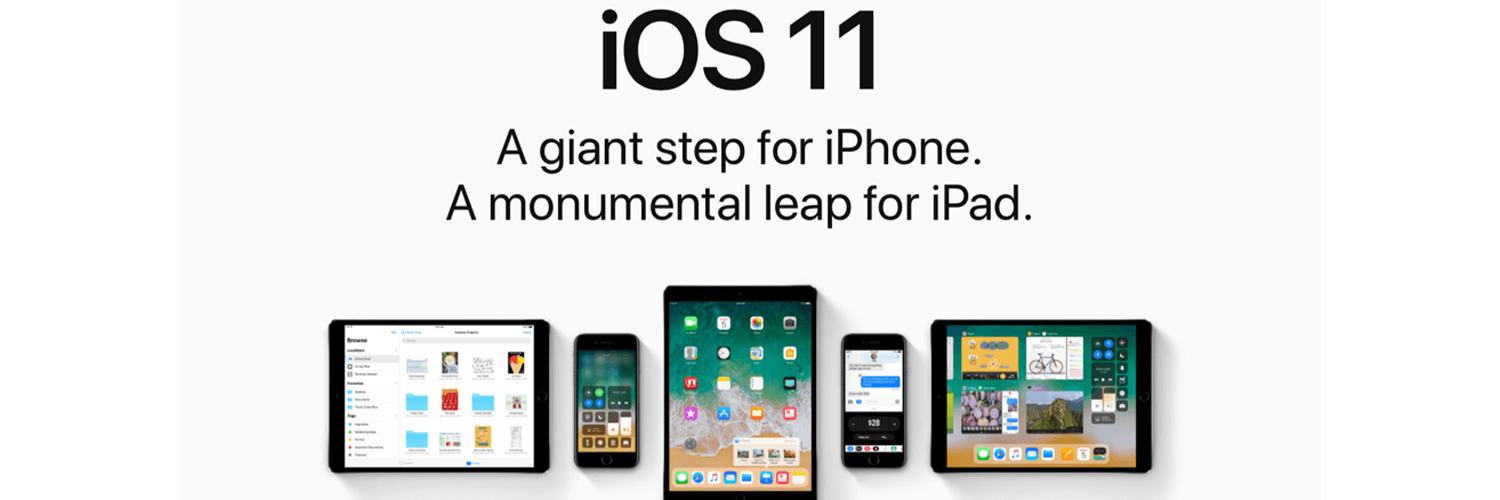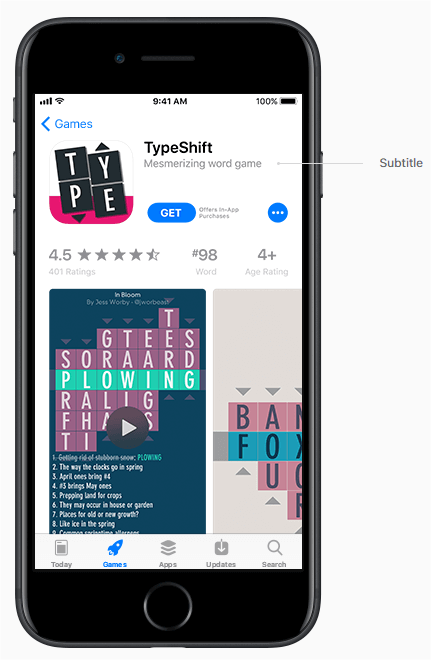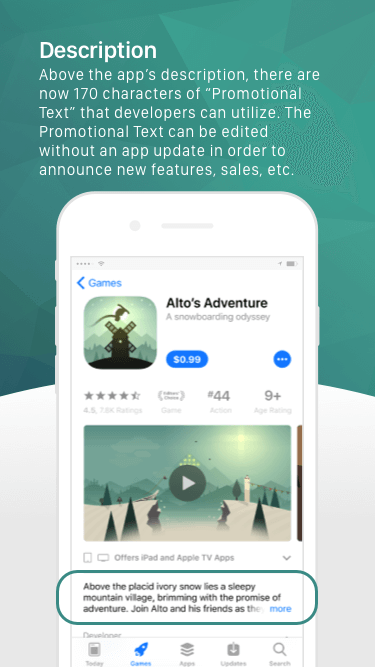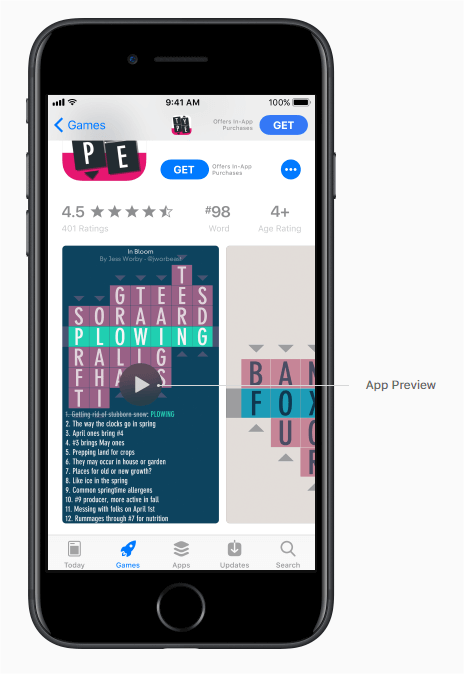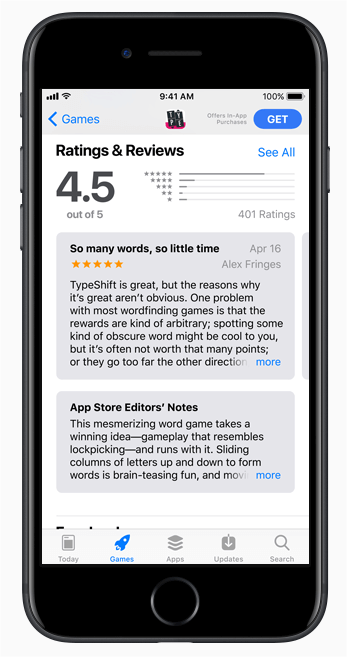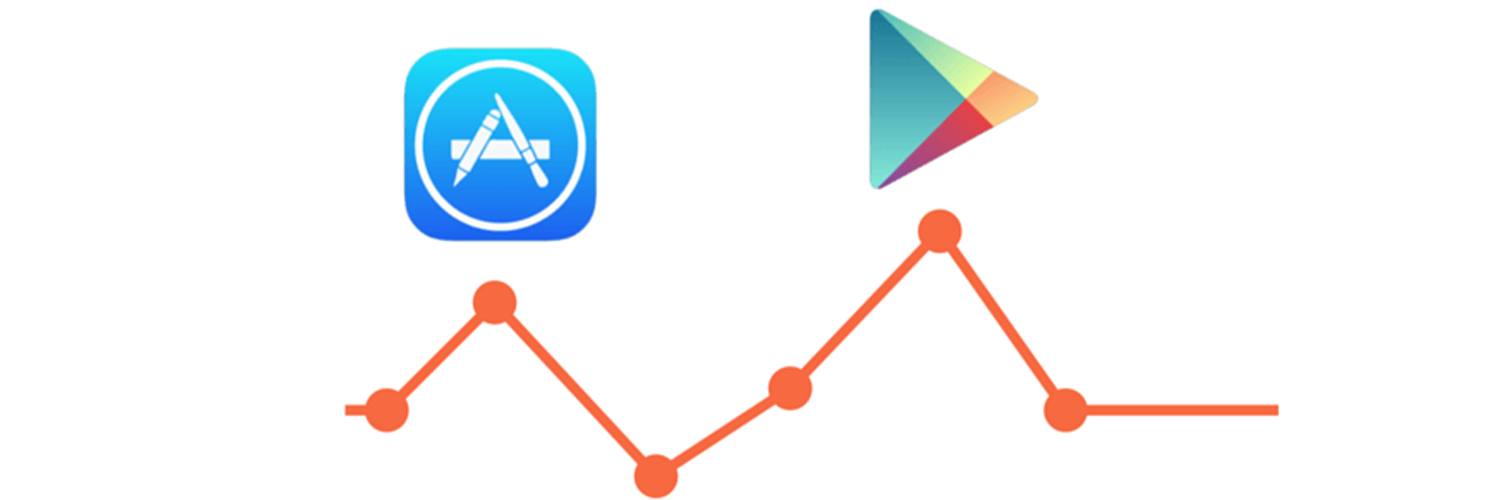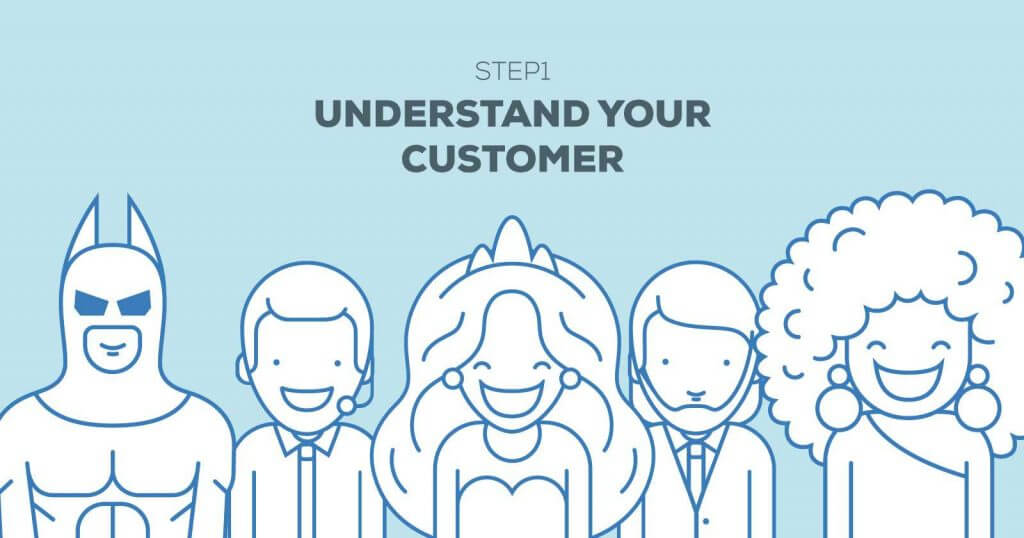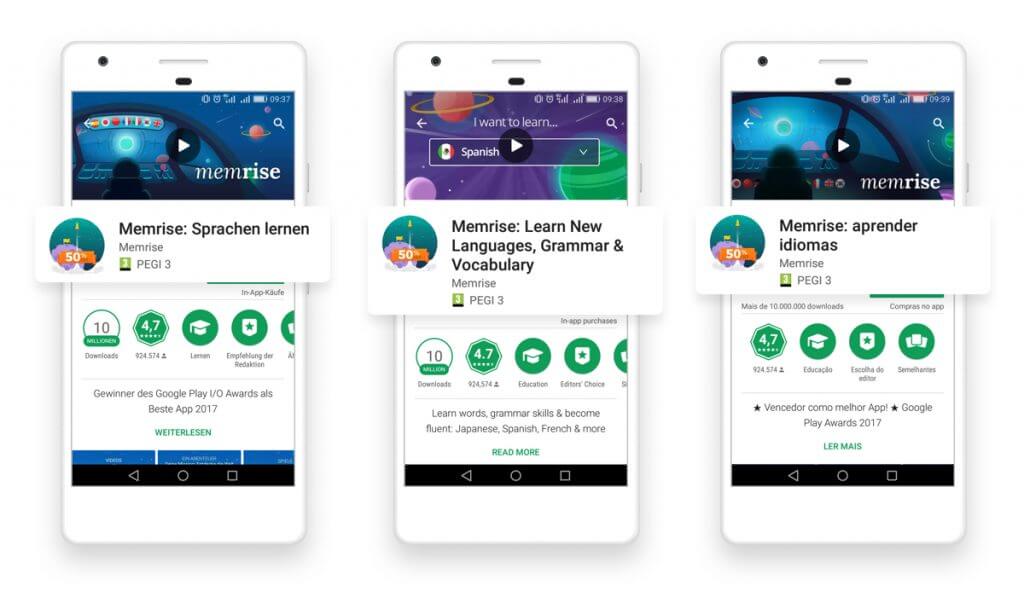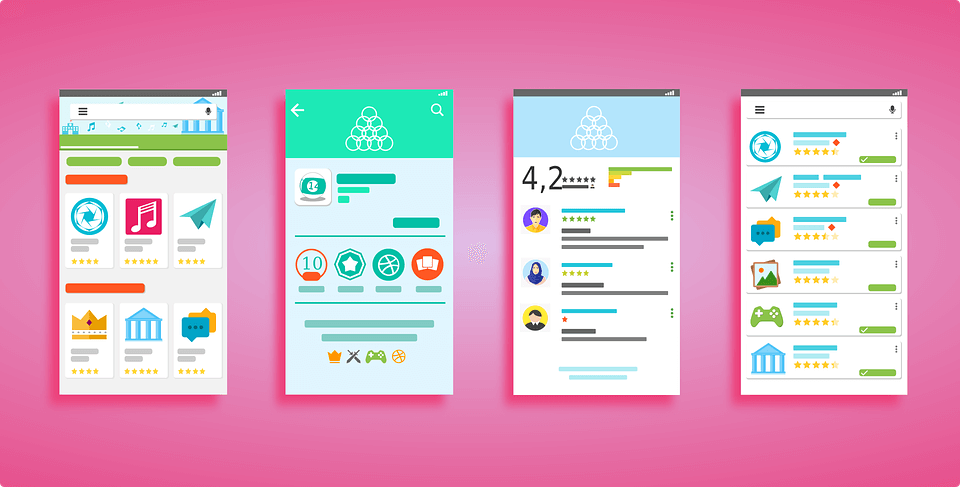Exploring Techniques for Implementing Mobile Deep Linking: Comparing Firebase Dynamic Links, Apple Universal Links, and Custom URL Schemes
Introduction
Mobile deep linking has become a crucial aspect of app development, enabling seamless navigation and personalized experiences for users.
Implementing deep linking requires selecting the most suitable technique to create links that direct users to specific content within mobile apps.
In this article, we will compare three popular methods Firebase Dynamic Links, Apple Universal Links, and Custom URL Schemes.
We will specifically explore the advantages and considerations of each technique and explain why the URI scheme method,
which includes Custom URL Schemes
1.Custom URL Schemes: The Foundation of Deep Linking
Custom URL Schemes were one of the earliest methods used for implementing deep linking. With this approach, developers define a custom URL scheme specific to their app. When a user clicks on a deep link, the operating system recognizes the URL scheme and opens the corresponding app, directing the user to the desired content. Custom URL Schemes offer flexibility and customization options, allowing developers to create unique deep links that align with their app’s navigation structure
Advantages of Custom URL Schemes:
a. Compatibility:
Custom URL Schemes have broad compatibility and work across various platforms, including iOS and Android. They provide a reliable deep linking solution that ensures consistent user experiences.
b. Customization:
Developers have complete control over the deep link structure and can tailor it to match their app’s specific functionalities. This customization enables a seamless and intuitive user experience.
Considerations:
a. Fragmented Implementation:
Custom URL Schemes require separate implementation for iOS and Android platforms, which can lead to fragmentation and increased development effort.
2.Firebase Dynamic Links: Cross-Platform Deep Linking(Google shutting it down !!)
Firebase Dynamic Links, a service provided by Google, offers a cross-platform solution for deep linking. It simplifies the process by providing a single link that directs users to the appropriate content, regardless of the device or platform they are using. Firebase Dynamic Links automatically detect the user’s device and handle the deep link routing accordingly.
Advantages of Firebase Dynamic Links:
a. Cross-Platform Support:
Firebase Dynamic Links work seamlessly across iOS, Android, and the web. This simplifies the deep linking implementation process and ensures consistent experiences for users across different platforms.
b. Fallback Mechanism
In cases where the user does not have the app installed, Firebase Dynamic Links can redirect them to the appropriate website or redirect them to the app store for installation. This flexibility increases the reach of deep linking campaigns.
Considerations:
a. Dependency on Firebase:
Implementing Firebase Dynamic Links requires integration with the Firebase platform, which might not be suitable for apps that do not utilize other Firebase services
3.Apple Universal Links: Deep Linking for iOS
Apple Universal Links are specifically designed for iOS devices. They associate specific domains with an app, allowing for seamless navigation from web content to the corresponding app content. Universal Links leverage the App Search API, enabling deep linking even when the app is not installed on the user’s device.
Advantages of Apple Universal Links:
a. Seamless Web-to-App Transition: Universal Links provide a seamless transition from web content to the corresponding app, enhancing the user experience and driving engagement.
b. System Integration: Universal Links are deeply integrated into iOS, enabling a smooth user experience and consistent deep linking behavior across apps.
Considerations:
a. iOS Exclusive: Apple Universal Links are specific to iOS devices and do not offer cross-platform support. Separate deep linking solutions need to be implemented for Android and other platforms.
consistent deep linking experience for users across different devices.
- Customization: Custom URL Schemes allow developers to have complete control over the deep link structure and customize it based on their app’s specific requirements. This customization enables tailored and intuitive navigation within the app.
- Simplicity and Flexibility: Implementing the URI scheme method is relatively straightforward, requiring minimal development effort.It offers a flexible solution that can be integrated. into apps without dependencies on external services
Conclusion:
When it comes to implementing mobile deep linking, various techniques are available, each with its own advantages and considerations. While Firebase Dynamic Links and Apple Universal Links offer cross-platform and iOS-specific solutions, respectively, the URI scheme method, which includes Custom URL Schemes, stands out as the best choice for its compatibility, customization options, and simplicity. By utilizing the URI scheme method, app developers can create powerful deep linking experiences that enhance usability and drive higher conversion rates across platforms.
Looking for CrossPlatform and stable deeplinking ?check Appgain Smart Links
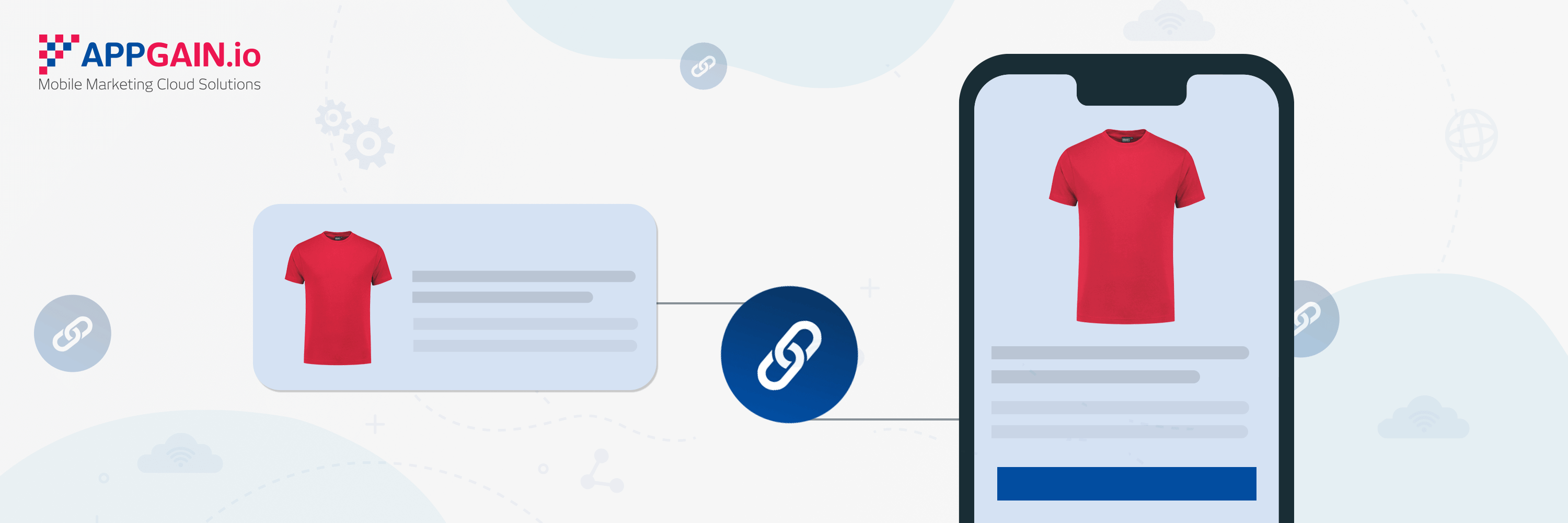

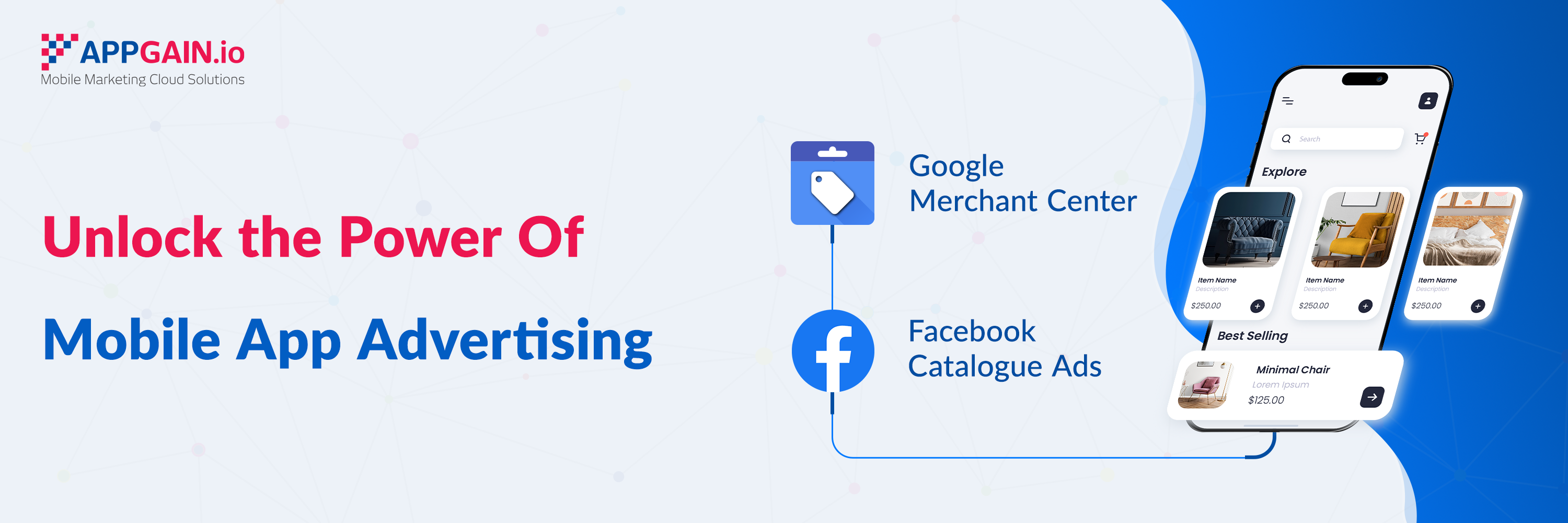




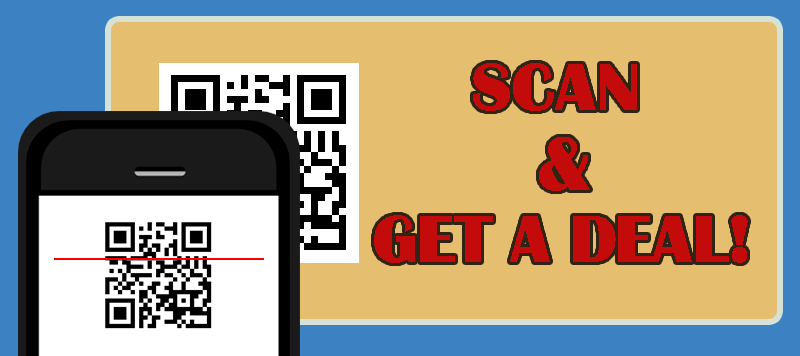
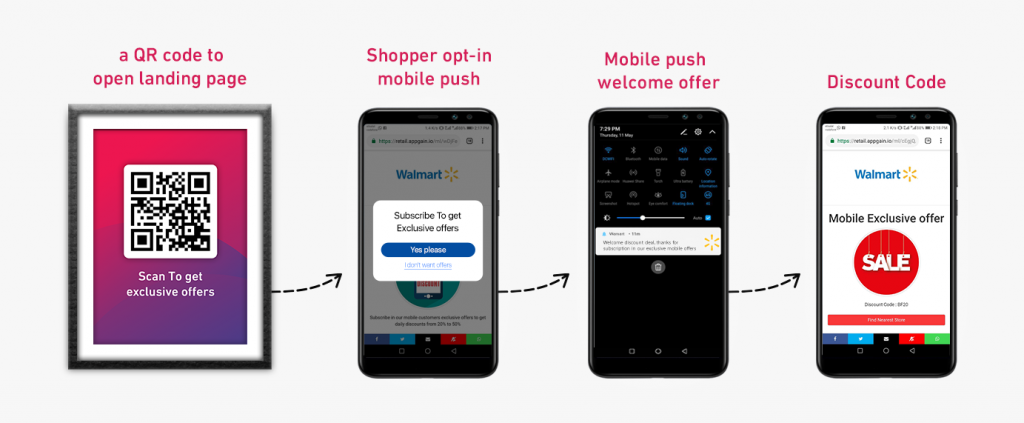

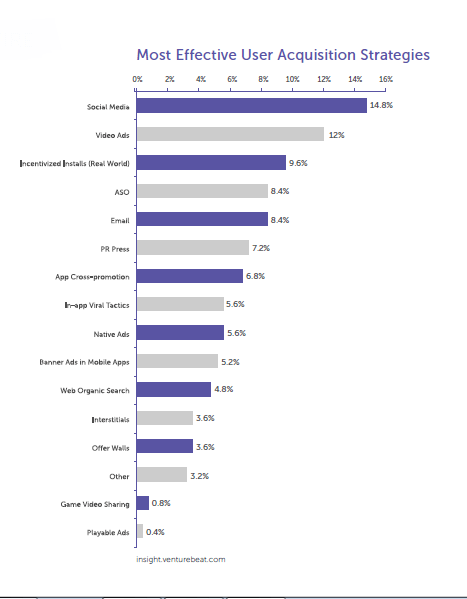


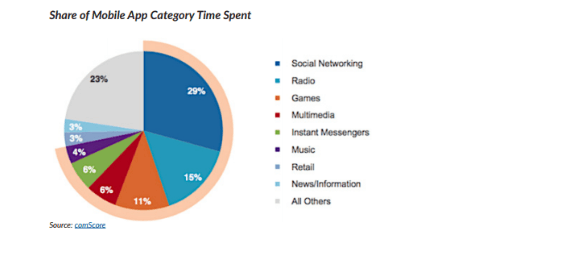
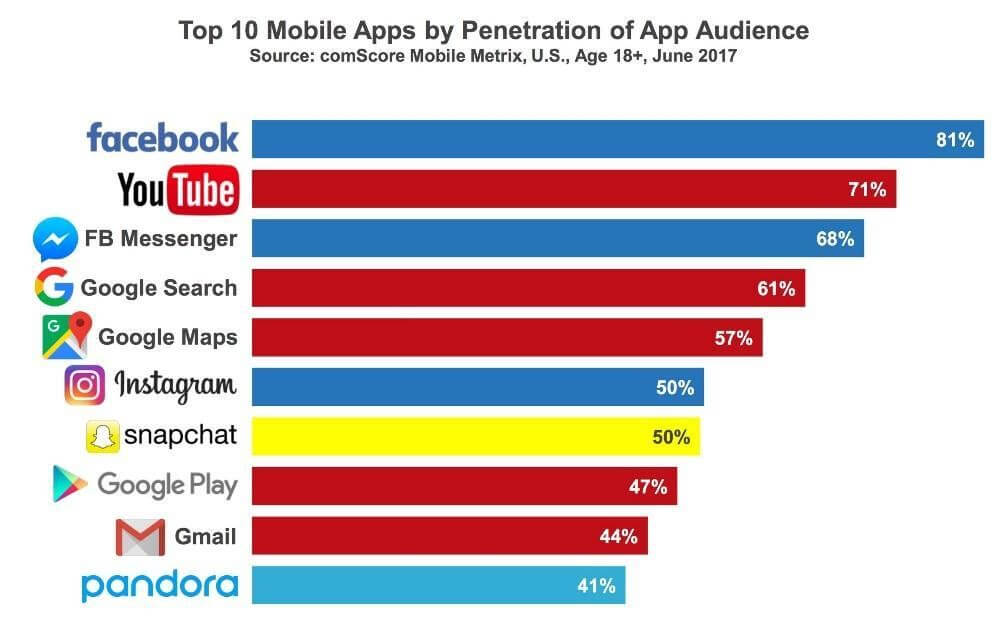
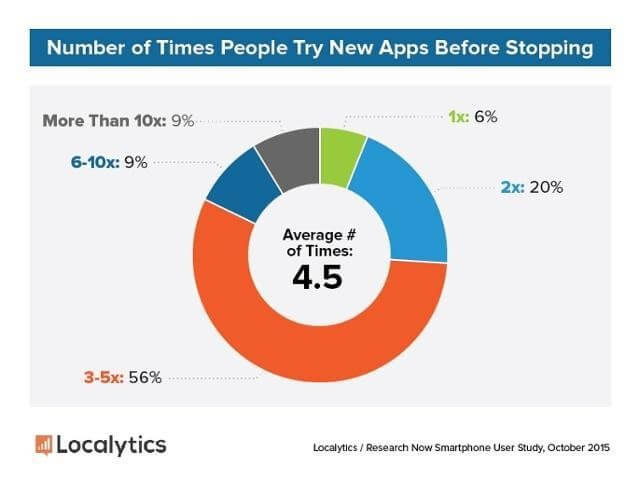

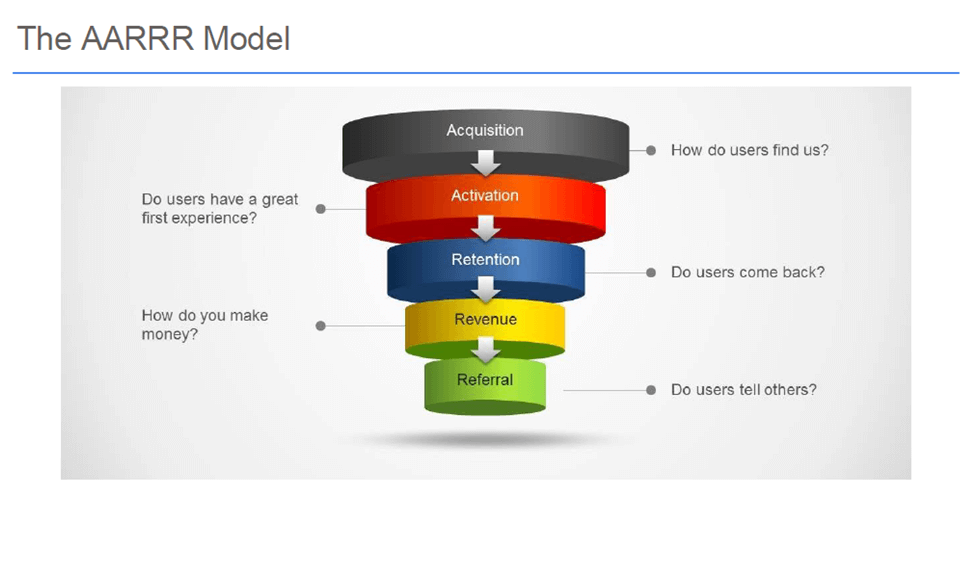 Your task now is to master every single phase of these; to understand how to encounter each one, to know the best strategies to be used, and to discover the suitable tools to analyze and manage your strategy…
Your task now is to master every single phase of these; to understand how to encounter each one, to know the best strategies to be used, and to discover the suitable tools to analyze and manage your strategy… 